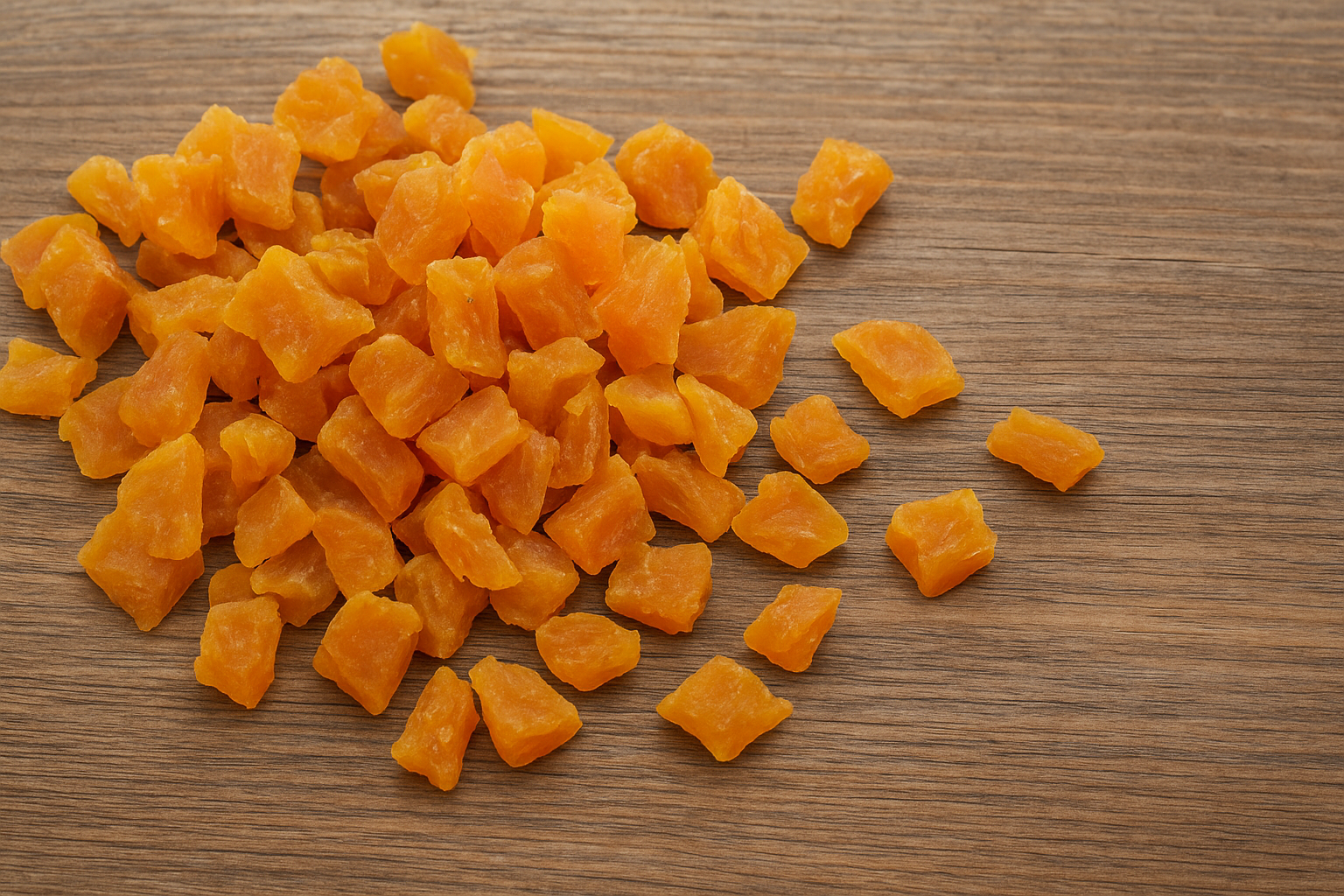1. The Principle of Dried Fruits and Vegetables
Dried fruits and vegetables, such as dried sweet potatoes, raisins, and dried mangoes, are foods where moisture has been removed to increase shelf life and concentrate the flavor and nutrients. This ‘concentration’ process can be a pitfall for people with diabetes.
2. The ‘Concentrated Carbohydrate’ Trap
– Moisture Evaporation: When you dry a sweet potato, the water, which makes up most of its weight, evaporates. However, the carbohydrates, sugar, and calories within it remain, becoming concentrated in a smaller volume.
– High Carbohydrate Density: For example, if you compare 100g of raw sweet potato to 100g of dried sweet potato, the dried version contains a much larger amount of carbohydrates and calories. 100g of raw sweet potato has about 20g of carbs, while 100g of dried sweet potato has about 70-80g.
– Risk of Overeating: Because of their chewy texture and sweet taste, it is easy to eat a large quantity without realizing it. Eating just a few pieces of dried sweet potato can be equivalent to consuming the carbohydrates of half a bowl of rice.
3. Glycemic Response
Dried sweet potatoes also have a higher glycemic index (GI) than steamed sweet potatoes, and because you consume a lot of carbohydrates in a small portion, they can raise blood sugar very easily and steeply.
Summary: Even without added sugar, dried sweet potato is a snack where carbohydrates and sugar are highly concentrated due to the removal of water. Eating a large amount with the false assurance that it is a ‘healthy natural snack’ can cause a major blood sugar spike, so very strict attention to portion size is required.


Leave a Reply